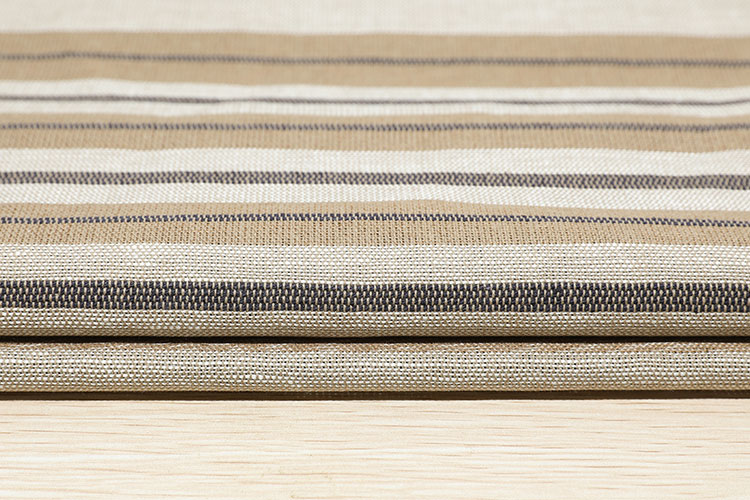In recent years, there has been a growing interest in sustainable and eco-friendly alternatives in the fashion industry. One such alternative that has gained traction is hemp dyed cloth. Hemp, a versatile and durable plant fiber, has been utilized for thousands of years for various purposes, including clothing production. This article delves into the world of hemp dyed cloth, highlighting its benefits, production process, and contribution to sustainable fashion.

Hemp: A Sustainable Fiber
Hemp is derived from the Cannabis sativa plant and is known for its eco-friendly characteristics. It requires minimal water, pesticides, and fertilizers compared to other natural fibers like cotton. Furthermore, hemp plants have a rapid growth cycle, maturing in just a few months, making it highly sustainable and efficient.
Natural Dyeing with Hemp
The process of dyeing cloth with hemp involves extracting color pigments from the plant and applying them to fabric. Hemp can be dyed using various parts of the plant, including the leaves, stems, and roots. The color palette obtained from hemp ranges from earthy tones like browns and greens to vibrant yellows and blues.
Benefits of Hemp Dyed Cloth
3.1 Environmental Benefits
Reduced chemical usage: Unlike synthetic dyes, hemp dyeing does not involve harmful chemicals, reducing the overall environmental impact of the dyeing process.
Biodegradability: Hemp dye is organic and biodegradable, ensuring that the fabric retains its eco-friendly properties throughout its lifecycle.
3.2 Durability and Versatility
Hemp fabric is known for its exceptional durability, surpassing that of many other natural fibers. This longevity contributes to reduced waste and a more sustainable fashion industry.
Hemp dyed cloth is highly versatile and can be used for a wide range of clothing items, from shirts and dresses to pants and accessories. It allows designers to experiment with colors and achieve unique and captivating aesthetics.
3.3 Health Benefits
Hemp is hypoallergenic and naturally resistant to mold, bacteria, and UV rays. Clothing dyed with hemp is gentle on the skin and provides a natural barrier against harmful elements.
Supporting Sustainable Fashion
The use of hemp dyed cloth promotes sustainable fashion practices in several ways:
4.1 Conservation of Resources
Hemp requires minimal water for cultivation compared to cotton, reducing the strain on water resources.
Hemp cultivation does not necessitate the use of pesticides or synthetic fertilizers, further protecting the environment.
4.2 Empowering Local Communities
Hemp cultivation provides economic opportunities for local farmers and communities, particularly in regions where it thrives naturally.
By incorporating hemp dyed cloth into their designs, fashion brands can support fair trade practices and promote social sustainability.
The Future of Hemp Dyed Cloth
As the fashion industry continues to prioritize sustainability, the demand for hemp dyed cloth is likely to increase. Researchers and manufacturers are exploring innovative techniques to enhance the colorfastness and vibrancy of hemp dyes. Additionally, collaborations between fashion designers, textile producers, and hemp farmers can further promote the adoption of hemp as a viable alternative to conventional textiles.
Hemp dyed cloth presents a compelling sustainable solution for the fashion industry. Its eco-friendly nature, durability, versatility, and health benefits make it an attractive choice for designers and consumers seeking more ethical and environmentally conscious options. As the world embraces sustainable fashion, hemp dyed cloth is poised to play a significant role in shaping a greener and more responsible industry.


 English
English Chinese
Chinese




 +86-573-81880066
+86-573-81880066 +86-13666752302
+86-13666752302 enbo_dong@126.com
enbo_dong@126.com